Do you know that we can use 10,000 facial variations to express a wide variety of subtle emotions?
You may wonder how that point fits into the world of digital marketing.
Humans are inherently emotional beings. They like to feel and, when they do, they also like to share it with their friends and family across the social networks. That’s the most fundamental reason why social media networks thrive.
But, there are some kinds of posts that get shared on the social networks a lot more than others. In a study of 1.6 million organic social network posts on Twitter, Facebook and Google+, Social Flow found that 99% of posts receive close to zero engagement.
But, a select few quickly go viral across the social media networks. The underlying reason is because they instigate the reader to feel a particular emotion strongly. Maybe it’s making your target audience jubilant. Maybe it makes them sad or even angry. Whatever it is, it’s what you want for your media marketing.
The bottom line is that people share your content on their social media accounts only if it strikes a chord with them and their decisions are emotional (not rational). So, in this post, let’s explore the types of emotions that you should leverage or avoid in media marketing, when it comes to sharing on social media networks. Here goes #1.
1. Happy content gets shared faster and wider than sad content
Happiness is hard-wired into us, but how does it spread on social media? And how can we use this within our social media strategy and our content marketing?
Researchers at Cornell University partnered with social media marketing experts at Facebook to conduct a study on 500,000 users. They altered the amount of positive and negative content appearing in the news feed of a user.
Guess what they found?
Emotional synchronization – Users that saw more positive feeds also published more positive posts and lesser negative posts on their media accounts. The opposite was also found to be true.
Seeing the demand for good news, websites like good.news have taken shape. Instead of sensationalizing issues and reporting negative news like traditional media outlets do, they view society’s challenges through a lens of progress and possibility.
Indeed, the wide positive emotion spreading isn’t limited to only the social media networks. In a 6 month study on 7,500 articles conducted at the University of Pennsylvania:
Researchers found that positive and intellectually challenging articles were preferentially emailed by people over those with negative themes when it came to the social networks. This is important to note for your own digital marketing campaign.
In their study of viral content, Fractl also found that content layered with and related to happiness was top drawer for encouraging sharing across users social media accounts.
As a brand, you should leverage happiness with your social media strategy, because it’s an opportunity to affect the well-being of your target audience. Simultaneously, your brand name reaches further and wider. Here are a couple of examples of how to leverage happiness while posting on your social media accounts and for your social media marketing plan.
1. Amuse your fans with your wit – Laughter is a great tool to connect with your target audience and the media platforms love it. If you’ve got a good understanding of the kind of humor that your social media followers would like, then you’ll get terrific social media engagement.
Jokes generally work well on Twitter and get retweeted/liked a lot. A good marketing strategy comes with a dose of humor.
In the example below, Chipotle uses its wit to engage its followers with its marketing campaign.
A light-hearted conversation goes a long way in making a point about your product as part of your social media strategy. Look how Taco Bell uses a humorous survey as part of its social media marketing to throw light upon its $ 1 breakfast.
Occasionally, I also share fun photos on my Facebook page and media platforms. They ensure that people don’t feel that a robot is managing the social media account. Such posts are liked by my audience and they receive fantastic engagement which is what I want for my media marketing plan.
2. Share your inspirational achievements – If your fans have liked you (or followed you) on the social media networks, then they want to hear from your brand. So, don’t feel weird in posting about yourself, its part of the digital marketing plan.
Remember, it’s for the greater good to inspire your target audience anyway. The trick, though, is to not share every small breakthrough of your company or small business and not to overtly promote yourself.
A great example of this kind of content is my post about the “Commendation Medal from the Cambodian Government” that I received for building schools.
Another brilliant example of a social media influencer sharing inspirational content as part of his digital marketing dream is musician, DJ Khaled. He has built an engaged audience of a whooping 2 million on Snapchat, by sharing his “keys to success” through Snapchat’s 24 hour valid stories.
2. Invoking feelings of awe can surprise you with the number of shares you can get
In their analysis of the 10,000 most shared articles across the web and media platforms, OkDork found that the most popular emotion they evoked was ‘awe,’ at 25%.
Why does evoking a feeling of surprise in your audience work so well when it comes to content marketing?
It’s because the human brain is wired to get a kick out of surprises. In a water or fruit juice squirting study on the mouths of 25 volunteers, the brain’s pleasure center activated (due to rush of feel-good neurotransmitter dopamine) when the squirting took on an unpredictable pattern.
“That suggests people are designed to crave the unexpected.”
So, don’t only craft and share positive content across the social networks. Post remarkable content that surprises your audience with its value or entertainment. And, people won’t be able to help commenting on and sharing it on their media accounts. Let me share 3 examples of awe-inspiring content that work well for media marketing.
1. Elegant list posts – The fourth most shared content piece from The New York Times, last year, was the list article “52 Places To Go In 2015 (522,000 shares).”
It achieved 500k shares, because it contained beautiful pictures of places you can travel to.
2. Create a resource that’s insanely valuable to your audience – Have you read the link building tactics compiled by Jon Cooper from Point Blank SEO?
The guide contains hefty details and was a clear standout at the time that Jon created the post. With the kind of value it provides – number of tactics, sorting by time available/link value/dependency on other sources, it was a clear cut winner in the world of digital marketing.
The post has generated over 4k shares (twitter counter is no longer working). I bet many marketers would have shared the post on their own media accounts, even without reading it, because they found it so awe-inspiringly valuable.
And, it stands at the number one spot for the high-volume and competitive keyword “link building tactics.”
The post had its great run and had incredible media presence, because it was insanely epic. I’ve shared 13 more examples of such epic posts here.
Note that the definition of epic varies from time to time when it comes to the media strategy of a small business. Long form posts are now the norm and even 7000 word posts might end up ignored. So, perform a competition check before investing time in crafting such an epic post. Here’s my guide to writing epic viral content.
3. Surprise your readers with your timing – Do you follow the Super Bowl?
Even if you don’t, there are high chances you’ve heard about this viral tweet that Oreo sent out when the lights went out in New Orleans during the Super Bowl.
The tweet read. “Power Out? No Problem” accompanied by a hero image stating that “You can still dunk in the dark.”
Power out? No problem. pic.twitter.com/dnQ7pOgC
— Oreo Cookie (@Oreo) February 4, 2013
The tweet is defined as an iconic moment in social media marketing history. Sure, it was clever content, but most importantly, it was timed perfectly. Perfect timing can be the making of a small business and a piece of content going viral across the social media networks.
And, that tweet, that appeared so spontaneous, was 18 months in the making.
Side Note: Packaging your post with a delicious headline is a sure fire way to get clicks. But, ensure that you don’t overpromise and under-deliver with your content. Such empty engagement will only hurt your small business or your brand’s reputation in the long run and isn’t good for media marketing.
A couple of examples of media houses that have built humongous traffic by using sharing triggers in their content are – BuzzFeed and UpWorthy. Their clickbait titles earn them tremendous attention, but many times they end up receiving flak from their audience.
3. Making your audience angry or fearful will trigger higher engagement…but use it sparingly and wisely
High arousal emotions activate our nervous system and get us fired-up. That’s why we share content on our media accounts that inspires awe.
But, there’s another high-arousal emotion…
Anger.
Once you’re in this state, sharing on your social media account can provide you a kind of closure and release you from it. Inciting anger can be dangerous for your social media marketing – so be sure to tread with caution.
A study, conducted on 70 million tweets, posted on Weibo (China’s social network) in 2010 also support this theory. Researchers at Beihang University found that anger can spread widely and quickly on the social networks.
Fear, on the other hand, has been one of the most pivotal tools for marketers and media strategy. By addressing the pain points of your audience, you can motivate them to take action. A classic example of how fear manifests itself and fuels social media account usage is FOMO.
In a study by My Life, 56% of users confessed to the fear of missing out an important update or news. So, they kept logging back onto their media accounts to check their feeds.
Now, let me quickly show you a couple of ways to leverage these emotions in your own social media strategy.
1. Stir a controversy – A great way of getting engagement from your followers when it comes to media marketing, is taking sides and requesting a healthy debate. The downside, though, is that discussions elevate very quickly on social media platforms. So, ensure that you’ve got sufficient data and proof to make your point.
A great example of a social figure that likes to create a controversy is Donald Trump. He doesn’t mince his words and, in being divisive, he ends up finding a tribe that support his views.
His posts receive millions of interactions on social media and it keeps on growing.
Derek, from Social Triggers, also incited anger from certain “content is king” believers with this post.
It made people so angry that not only did they comment on and share the post on their own social media platforms- they even wrote follow-ups and linked to the post. Can you imagine how great this was for him being found on the search engines?
2. Growth Hack using FOMO – One of the major reasons why fans like and follow you on social media is because they want you to reward them. So, offer exclusive products and gifts – just for your social media audience.
For example, Heinz Ketchup made the first 3000 bottles of a special, limited edition flavor available only to its Facebook fans.
4. Content evoking sadness can also occasionally make an impact
Sadness, or in particular, nostalgia, has been one major way for marketers to attract their audience’s attention.
But, have we overdone it? Since it’s low-arousal, does it even work in getting more shares of your content on the social media platforms?
Sure, sadness is one of the least existent emotions in viral content. It will perform worse than other happy, positive and even angry emotions.
But, as per research on 65,000 articles on two news sites by Fractl, by striking a balance between arousal and dominance, you can inspire and surprise your audience. So, even negative, low-arousal emotion evoking images can go viral.
Here are a couple of examples.
1. Provoke thoughtful reactions – The campaign “Like a Girl” has a negative connotation. The campaign’s theory is that we limit and insult girls. Yet, the videos have garnered millions of views and thoughtful comments from women.
2. Yes, there is something like a “beautiful” sadness – Have you ever watched the YouTube web series “The Dictionary of Obscure Sorrows”?
Every episode describes a unique and strangely powerful emotion. The narrator, John Koenig, manages to portray beauty and admiration, even from sorrows and negative emotions in life.
With over 100,000 views on every episode and over 180,000 subscribers, it’s safe to say that sadness can be portrayed beautifully and it can go viral.
Conclusion
At our core, we’re emotional beings. We cannot make a decision with pure logic – so try to evoke an emotion for enticing sharing from your audience.
Some emotions work better than others for achieving virality. The studies I showed you in this article are only good starting points for your small business. Many of them have even contradicted each other, because they were performed on different sets of audiences, in different contexts and on different social networks.
The preferences of your audience will vary. I would recommend that you be wary of how you use controversy to evoke anger as a digital marketing plan. It’s a lethal weapon that can hurt your social media marketing.
If you’re searching for content formats for integrating emotional elements into your content stream and social media profiles, here’s a nice chart from Buzzsumo.
Have you used emotions as part of your media marketing plan to entice your audience to share on their social channels and achieved great results? Let me know in the comments below.
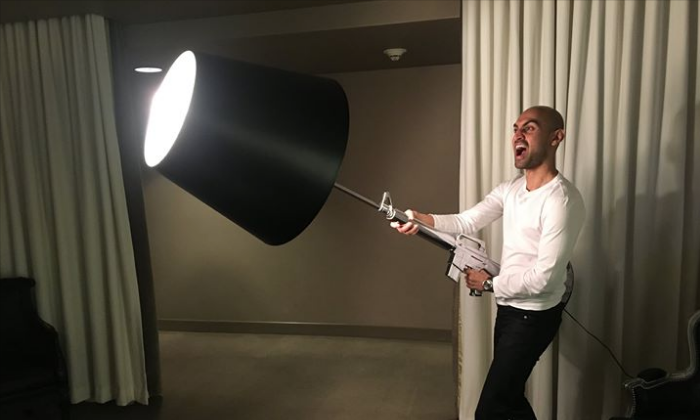
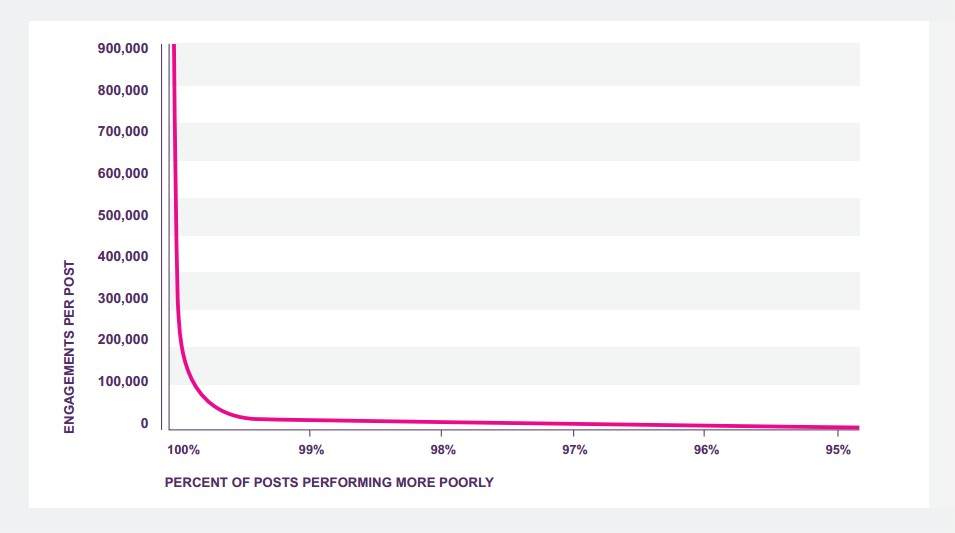
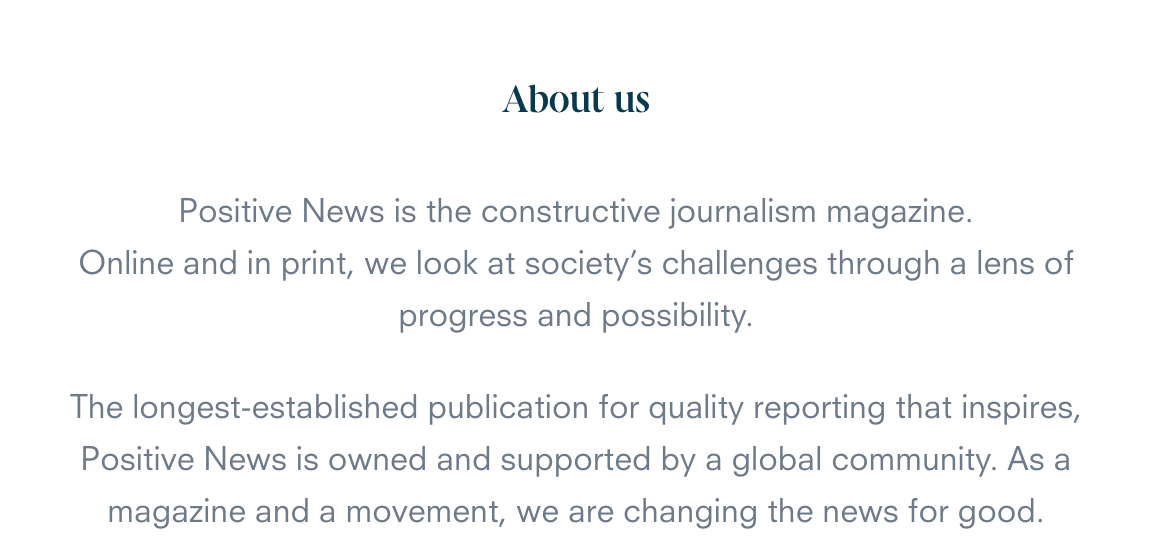
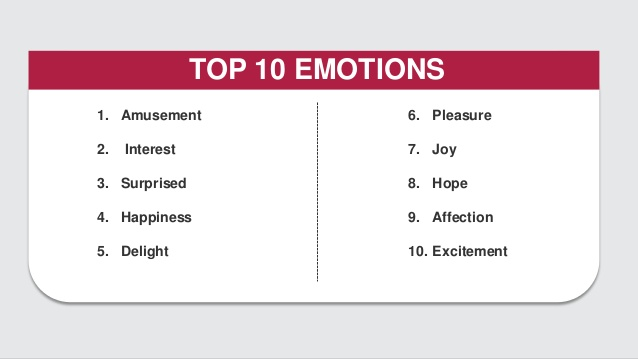
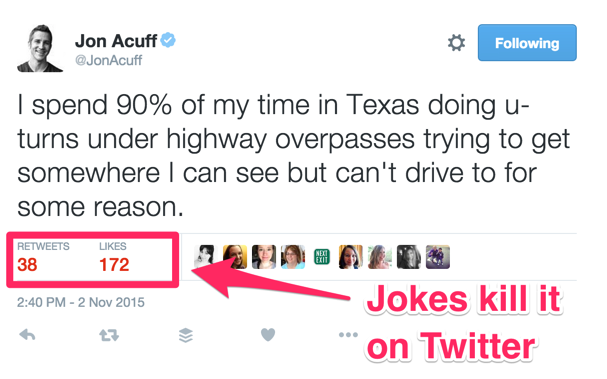

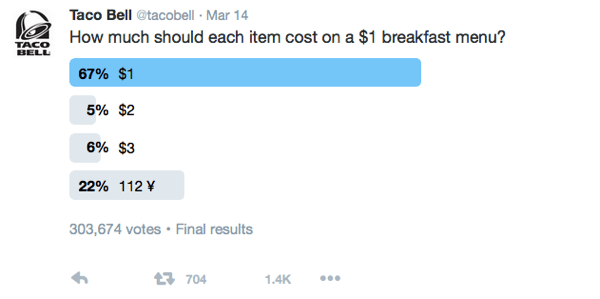


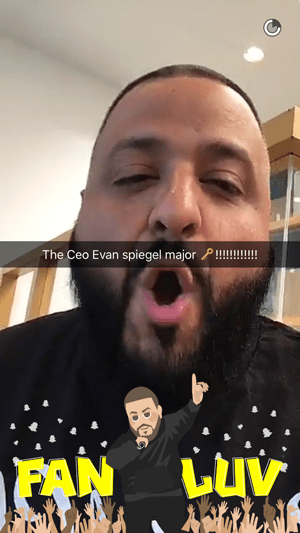
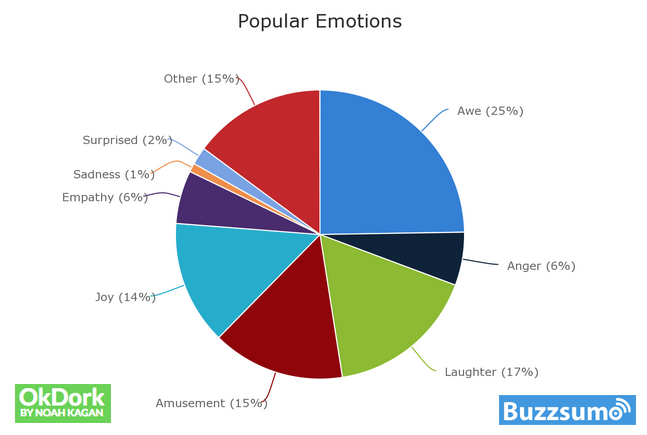

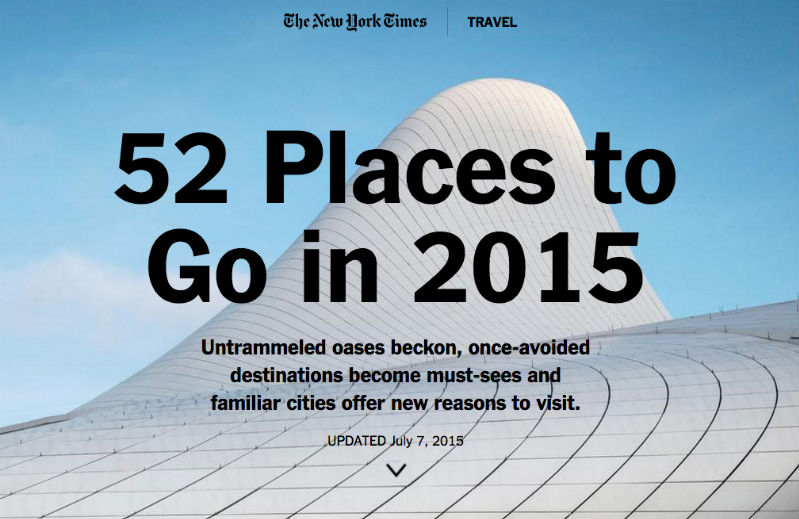
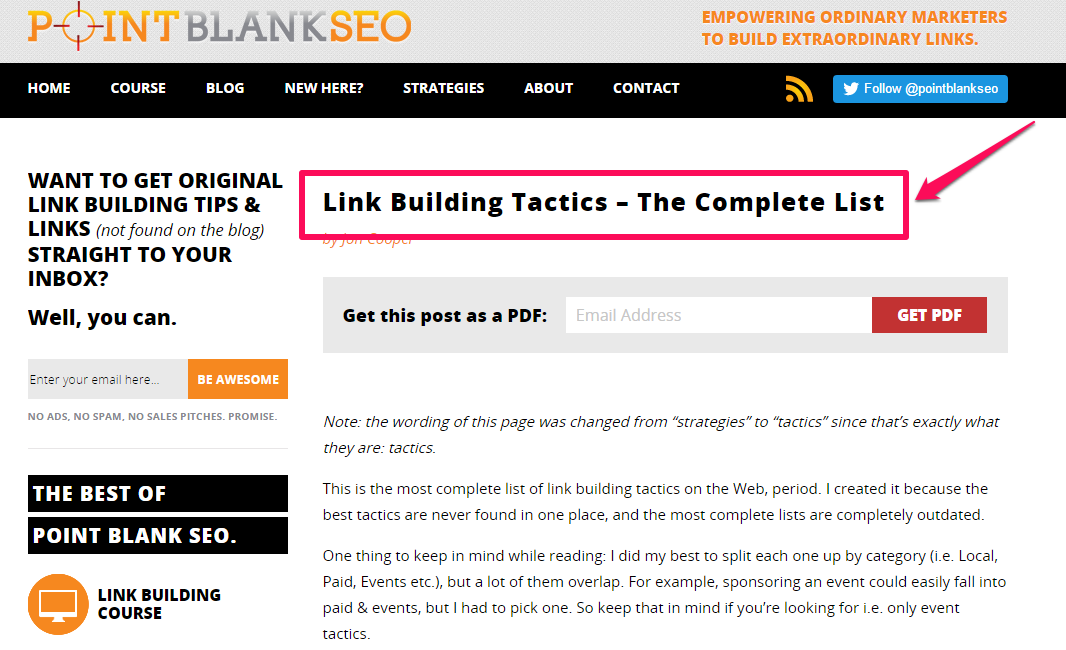
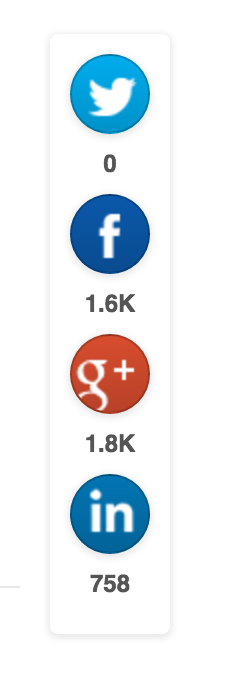
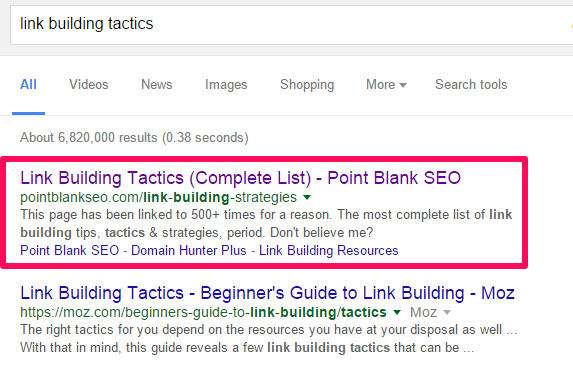

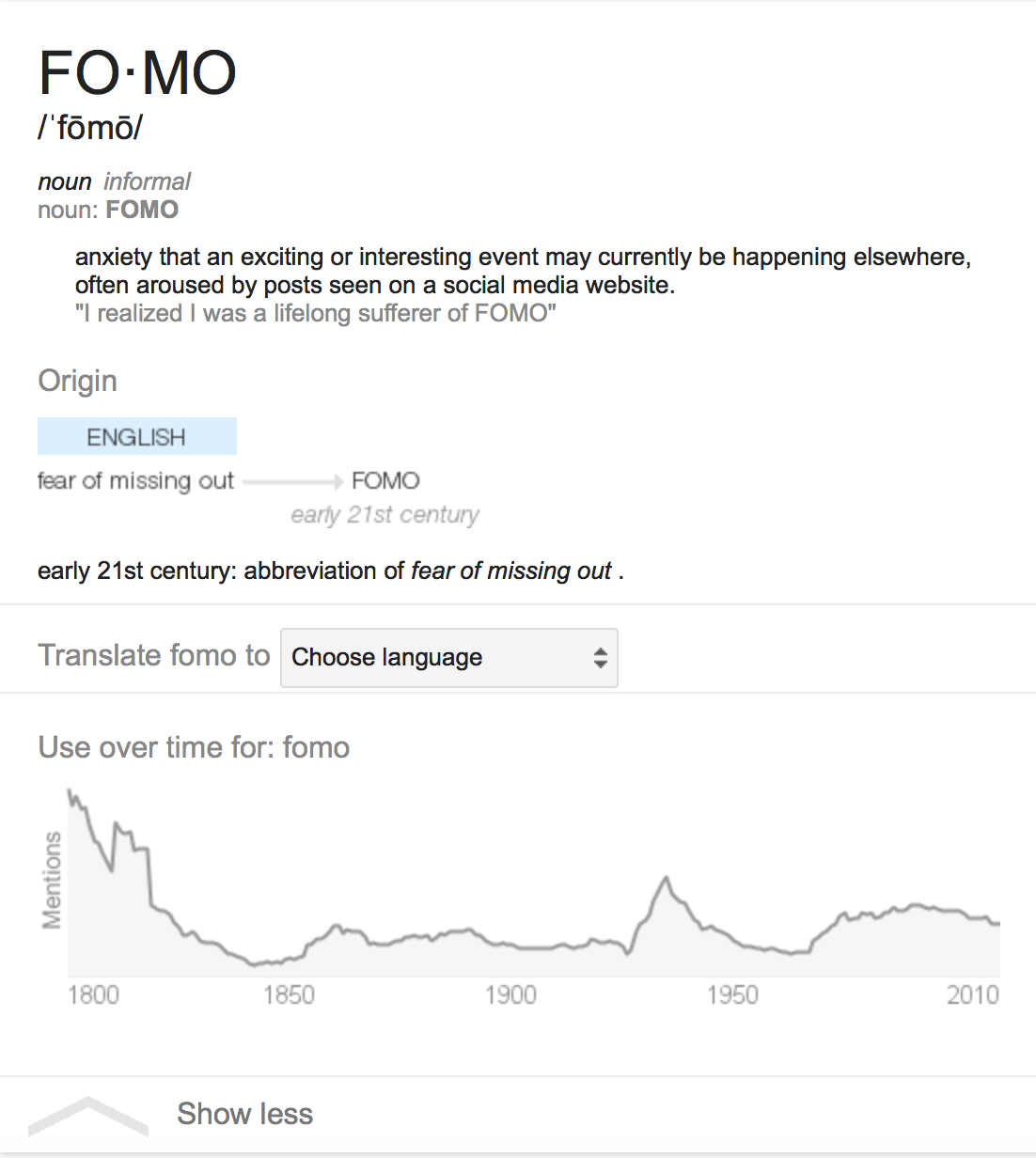

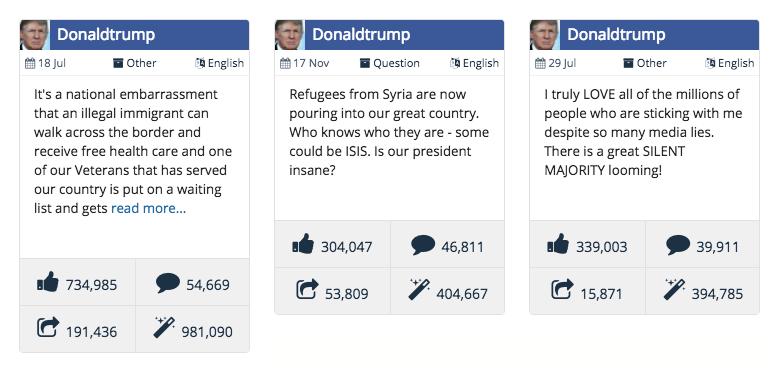

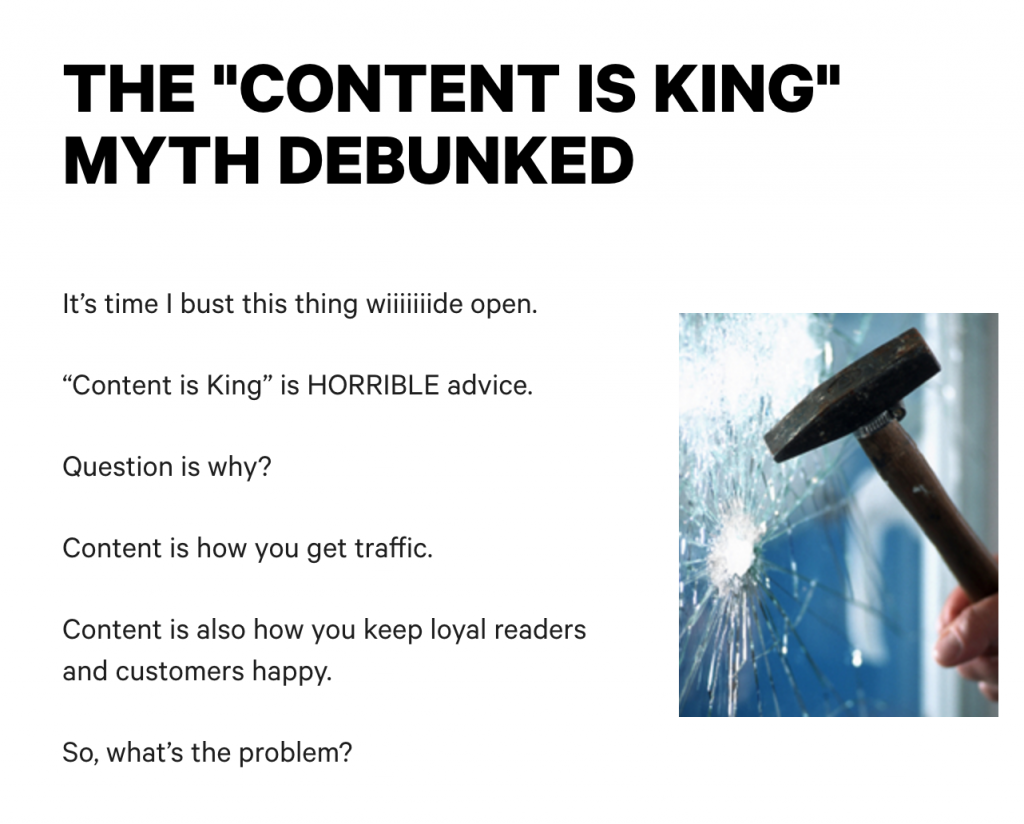
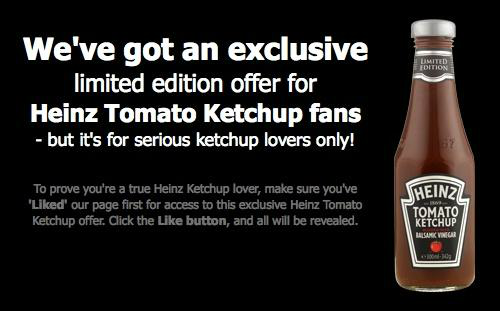
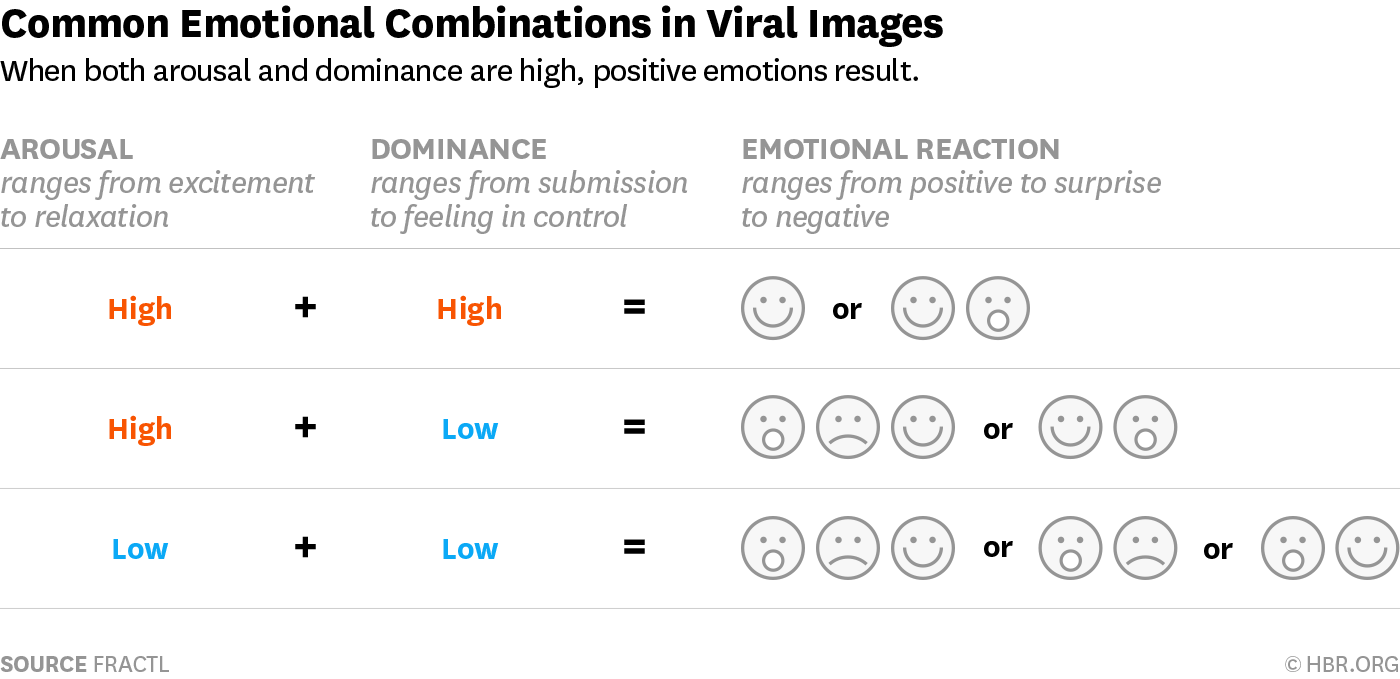

Comments (11)